The return to home births and birthing centers is a real social phenomenon, closely linked to the desire to be, quite rightly, the main actress in this very special moment of birth. Hospitals are making more and more efforts in this direction, offering "natural" rooms such as the one at the HUG maternity hospital, which has two, without guaranteeing availability on the big day. Even for our contemporaries, giving birth outside the hospital seems frightening, even unconscious. And yet, these two facilities have to meet very specific criteria in order to be able to give birth there. And that's not counting the fact that, in these times of global pandemics, the fear of infection in a hospital environment and the absence of the father are worrying us and rekindling the debate on different types of birth. We take stock!
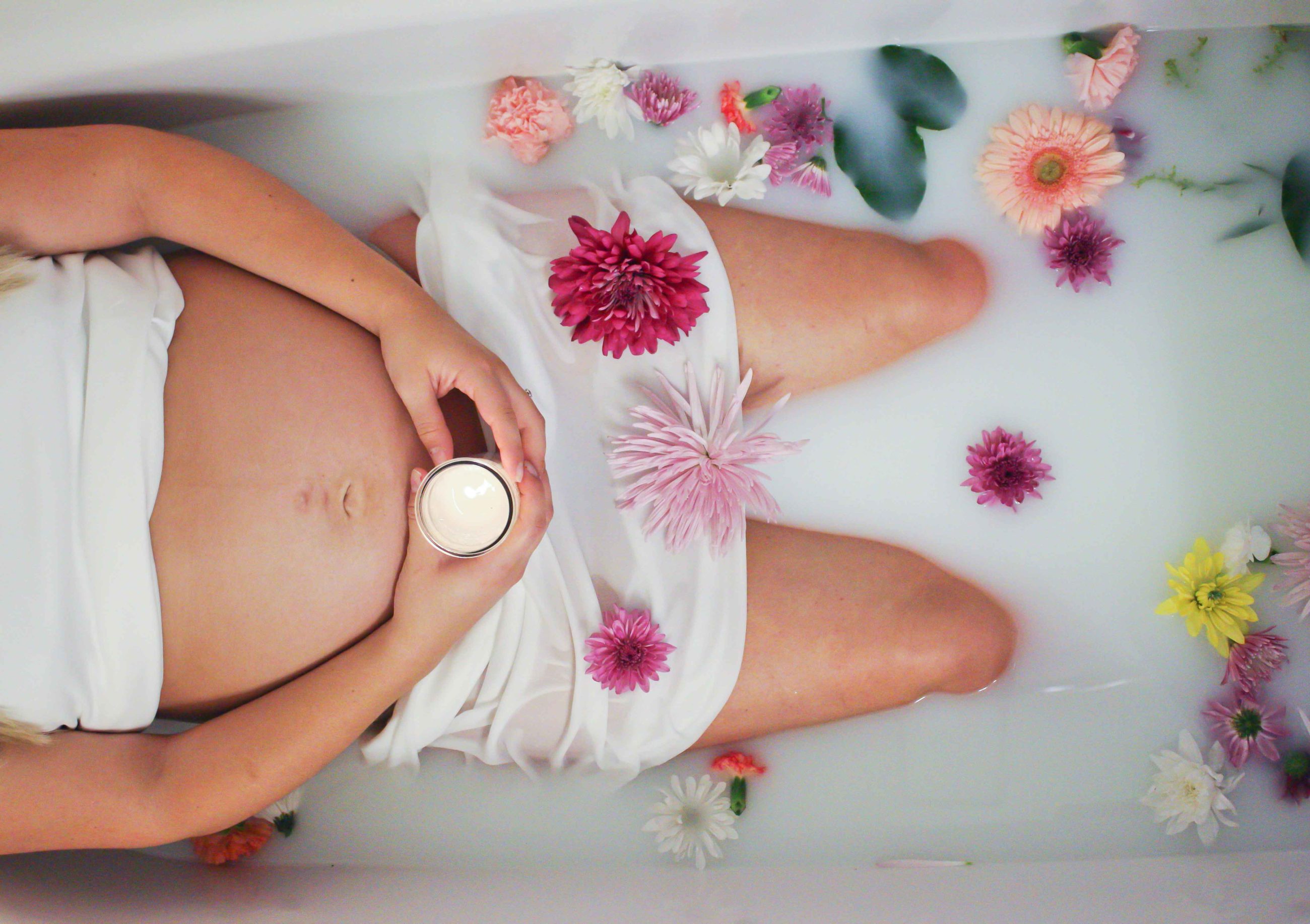
Mothers have always given birth with the help of other women/midwives, in the warmth of the home. Men, particularly doctors, stayed away for reasons of modesty, and only began to intervene between 1600 and 1700 in exceptional cases when the event went wrong. Over time, obstetricians were trained in the art of childbirth, but until the mid-twentieth century, most deliveries took place at home. In the cities, only very poor women or mother-children gave birth in hospital, while wealthier women did not. Interestingly, with the advance of medicine, a notable reversal occurred after 1950, and more and more women gave birth in hospital, as mothers and fathers felt safer with new techniques in case of complications. This was not without its constraints for expectant mothers, who no longer had a choice of positions and found themselves in an environment far removed from the family cocoon. They gradually lost control of and confidence in their bodies during childbirth.
We spoke to Nathalie Luisoni, independent midwife and co-president of the Swiss Federation of Midwives (FSSF) for the Geneva section, to shed some light on the subject. She has helped deliver 454 babies (in 20 years) at home and in her birthing center. Dix Lunes in Puplinge, which she has decided to close in September 2019. Being a private birth center, it did not receive the financial support needed to keep it open at lower cost to parents. It was the canton's second-largest birth center, along with La Roseraieadjacent to the HUG. A mother of four boys, she began her midwifery studies after giving birth to her first two sons. At that point, she already had the conviction and desire to perform out-of-hospital deliveries, despite having trained and worked at the Geneva maternity hospital, with which she regularly collaborates. Nathalie explains that it was important for her to work in a hospital four years after finishing her studies, because the staff are confronted with pathologies and situations that cannot be observed elsewhere, whereas home births or birth centers are physiological pregnancies, and therefore run perfectly smoothly. Naturally, pathologies can occur during these physiological births, and it is important for the midwife, as well as for the health of the mother and child, to be able to detect them correctly and take the necessary measures and transfers.
MS: Nathalie, are there any differences between these two types of physiological delivery, particularly in terms of pregnancy follow-up?
NL: Basically not at all. The follow-up is the same, except that in a home birth it's the same midwife who does the overall follow-up. In the case of a birth center, it depends on whether the care is exclusive before, during and after the birth, or whether it's a system of rotation within the center, with the same midwife before and after, but without knowing who will be on call for the birth. This is the case for many birth centers in Switzerland, including La Roseraie.
MS: How many appointments are needed to prepare for this type of delivery?
NL: If we can see the parents right from the start of the pregnancy, after the first appointment with the gynecologist or general practitioner for a general check-up and to confirm that the mother-to-be is in good health, the follow-up can begin. But some parents may arrive between 28 and 30 weeks, which is a bit late, because there may be three appointments left before delivery, but if we manage to see them 6-7 times, that's a good average. To sum up, there are seven consultations with two ultrasounds covered by insurance, either in specialized centers or at the gynecologist's office. I ask for a third ultrasound at 32-34 weeks, because we're in the context of an out-of-hospital birth, to confirm the position, the amount of fluid, etc. It's a form of insurance cover for the mother. It's a form of cover to protect us, but I know that there are several colleagues who don't do this3rd ultrasound.
MS: Is there any special preparation in addition to the birth preparation classes?
NL: Personally, I like to go to the home at around 36-37 weeks (when the birth can potentially take place outside the hospital) to visit the house, the infrastructure, the floors, to see with the parents where they plan to settle for the birth of their baby. All this helps to make things more concrete. We look at what equipment is available, what accessories can be used for certain positions (such as a hanging sling) or even if the parents want the birth to take place in the bedroom, but it's upstairs with a spiral staircase, we'll have to change the plans (smile). I use the birthing tub a lot, so I need to know where to place it and which taps are nearby. There are all kinds of logistics to consider right from the start of the follow-up: which floor do you live on, how far is the nearest hospital (20 minutes away or in the mountains?) and what type of transfer (ambulance, helicopter), whereas in a birth center everything is already set up.
MS: What is the primary motivation behind these two types of venue, as opposed to the hospital?
NL: The notion of time. Even if we also have protocols to follow, we'll take certain situations into account and we'll be able to try out other things, being free to move around will help the mother, no monitoring connected all the time, and so on.
MS: And when things don't go as planned? At what point do you say to yourself that you need to transfer to hospital? What constraints do midwives have?
NL: The decision can come from both sides. It can come from the midwife who says "okay, we've tried everything", she's given it time, she's tried techniques, in short she's used all her midwifery skills. It can also be the mother who says "I can't take it anymore, I'm in too much pain, I'm tired, I want an epidural", but that's subjective. Our transfers are predictive, i.e. we'll transfer before something goes wrong, like a haemorrhage, or a baby who's not doing well. In both establishments, we're not allowed to do breech deliveries, and it's happened that the baby was well positioned the day before and then turned at the last minute. Similarly, we do not monitor twin pregnancies, hypertension, diabetes, autoimmune diseases, etc.
MS: What's the most common emergency transfer situation you've had to deal with?
NL: Relative urgency, as the majority of my transfers were related to malpositions of the baby that didn't favor engagement in the pelvis, such as the baby looking up at the sky (posterior). If we can't turn him over, we have no other option but to transfer, which is very frustrating because everything was going perfectly well. The second thorn in our side is when the water breaks without contractions, and we reach the end of the time limit, with the risk of infection.
These are all important points to consider when having an out-of-hospital birth. Nathalie insists on the fact that this decision is the result of a real choice and will on the part of the parents, who will automatically be oriented and guided in a global accompaniment to related disciplines in order to prepare themselves as well as possible for this experience.
To go even further on the subject, find below a reading, a documentary but also a MotherStory #sharingiscaring to download and listen to. Rebeca interviewed Béatrice, mother of 5, who tells us about her home birth for her 4th child 11 years ago, and how it compares with her other births at the Geneva maternity hospital.
MotherStory #sharingiscaring (4 minutes):
Rebecca, mother of 1 and pregnant with her 2nd child, tells us about her experience in a birth center in Geneva.
Reading for parents-to-be:
Ina May Gaskin - The Natural Birth Guide. Rediscovering the power of your body - Mama Éditions, 2012.
Documentary :
Giving birth differently by Camille Teixeira (cinema release January 22, 2020).
Association Suisse des Maisons de Naissance: www.geburtshaus.ch
La Grange Rouge (Grens, near Nyon): http: //lagrangerouge.ch/


Rebeca Foëx-Castilla
Mom of Ethan, Amos and Numa
Doula graduate
www.rebecadoula.ch
contact@rebecadoula.ch
Instagram
Read her MotherStory
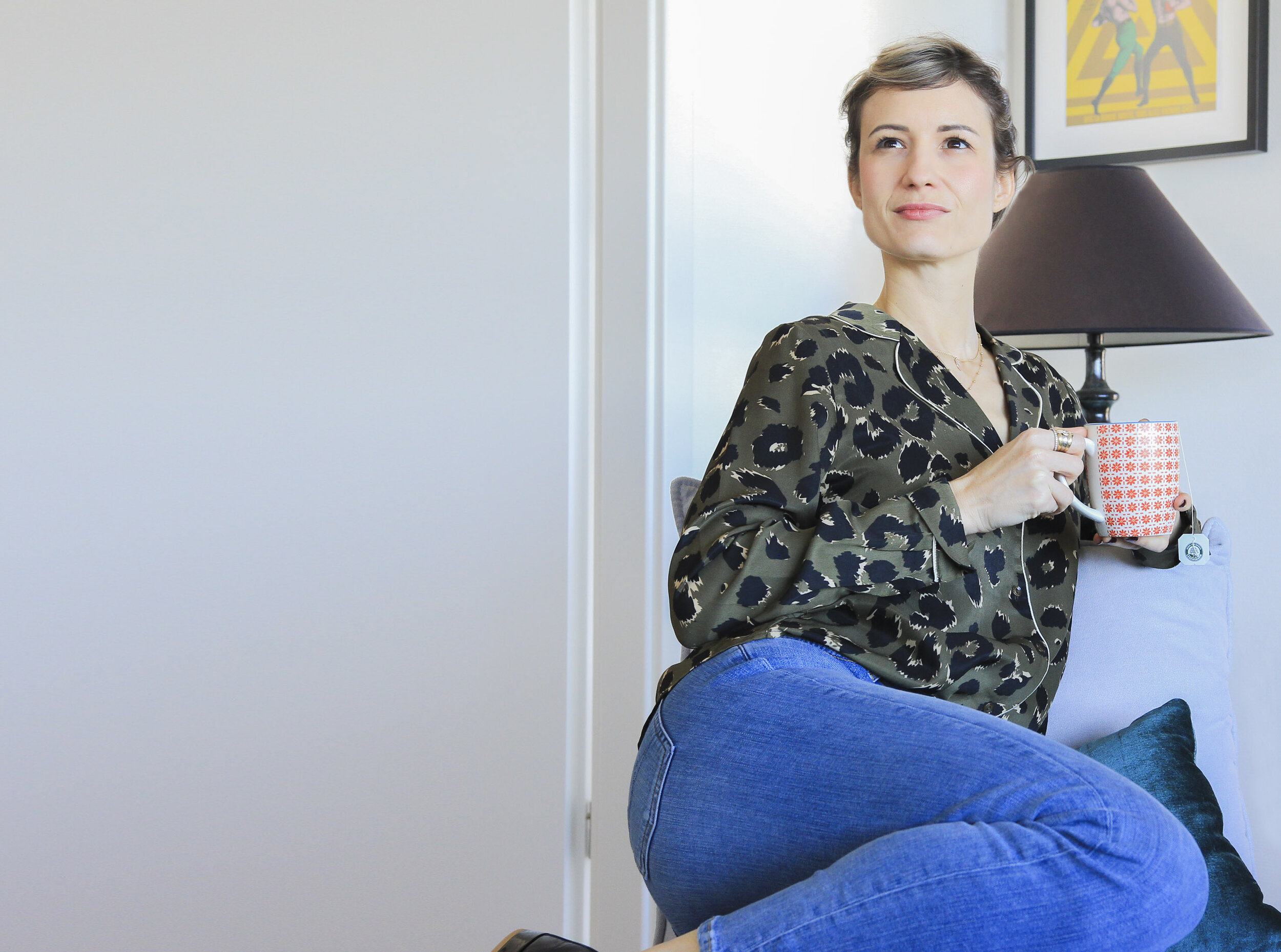
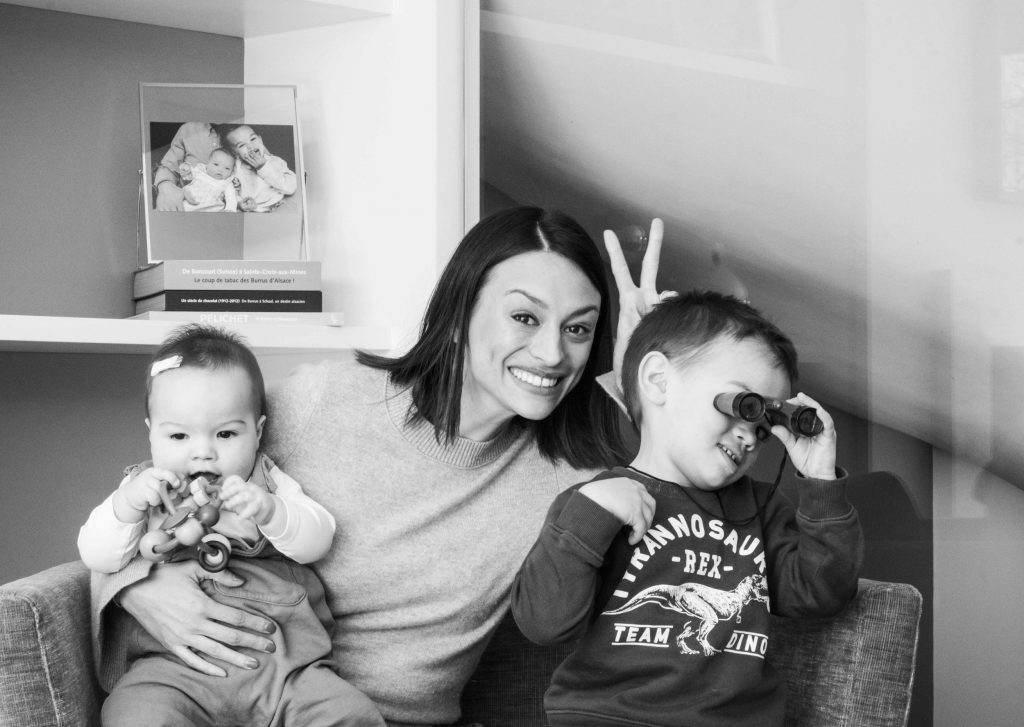
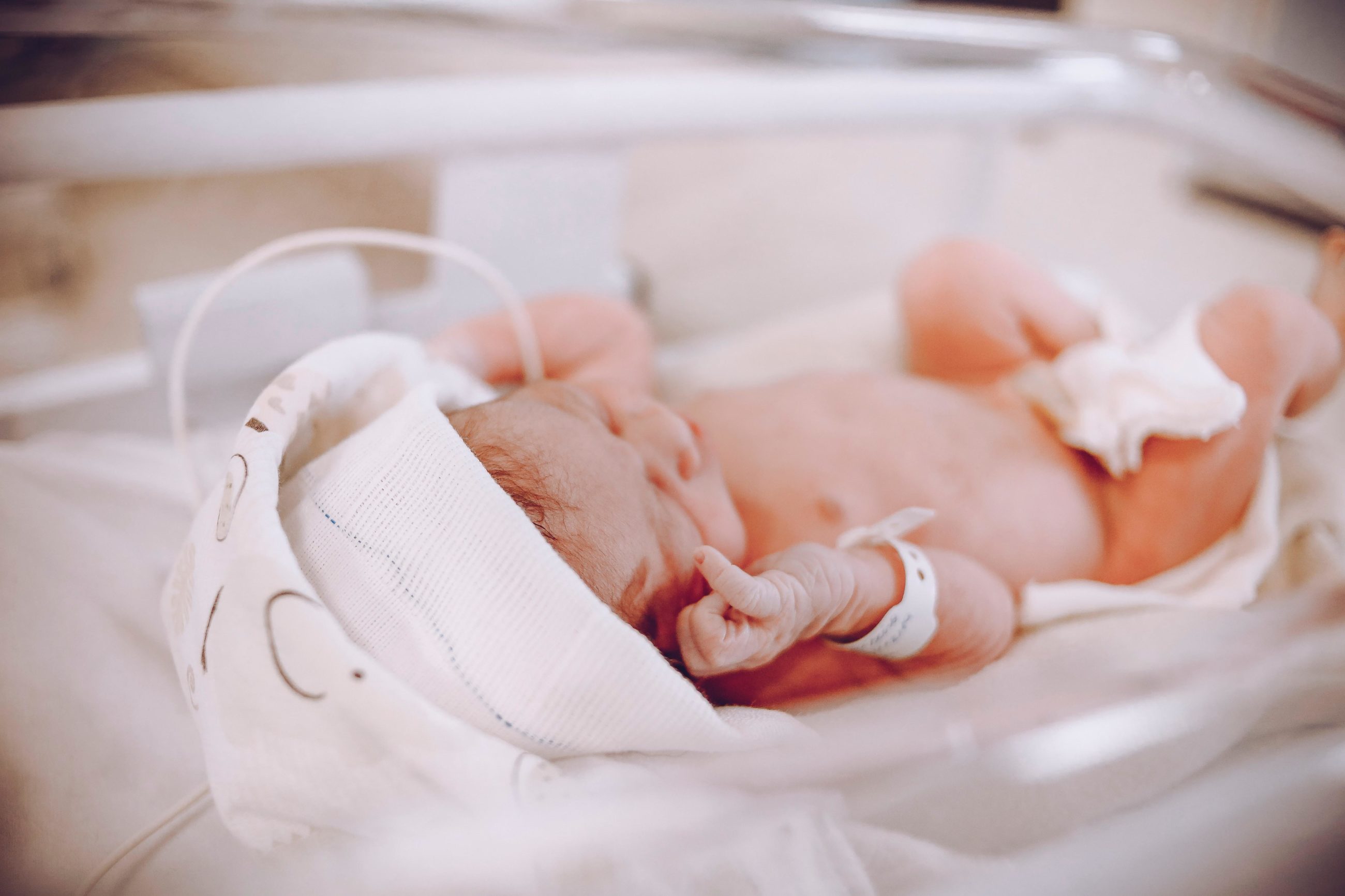
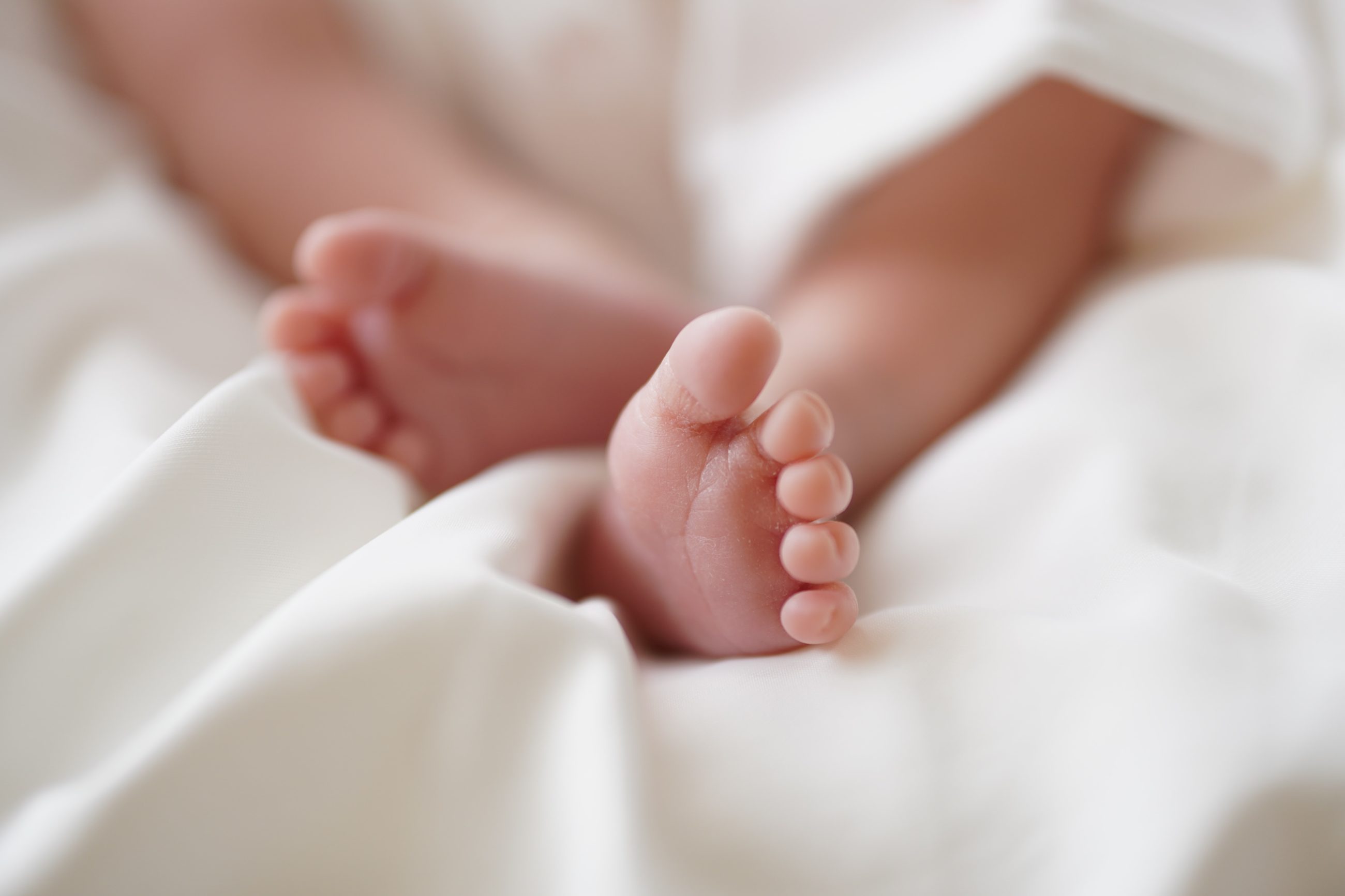
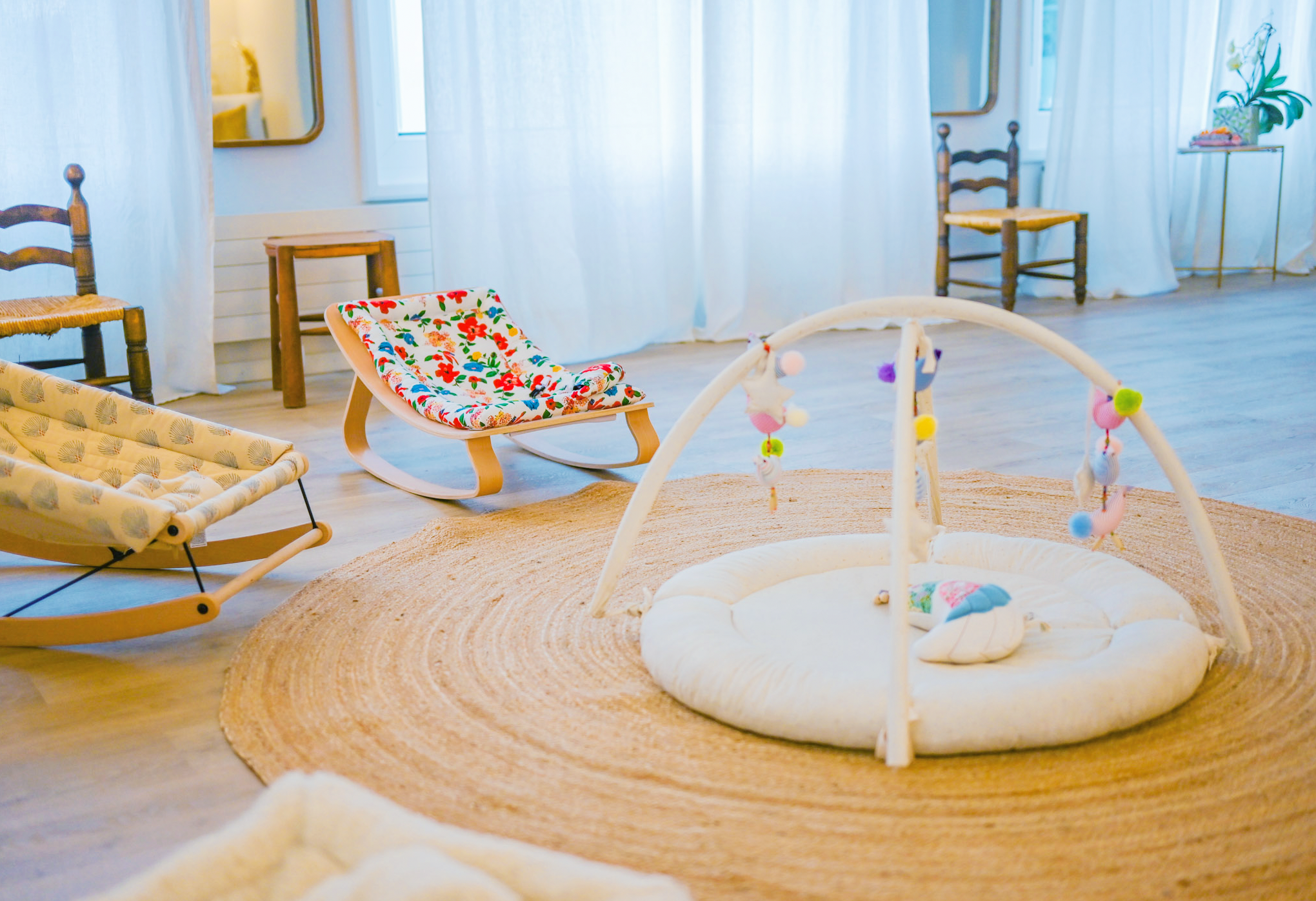
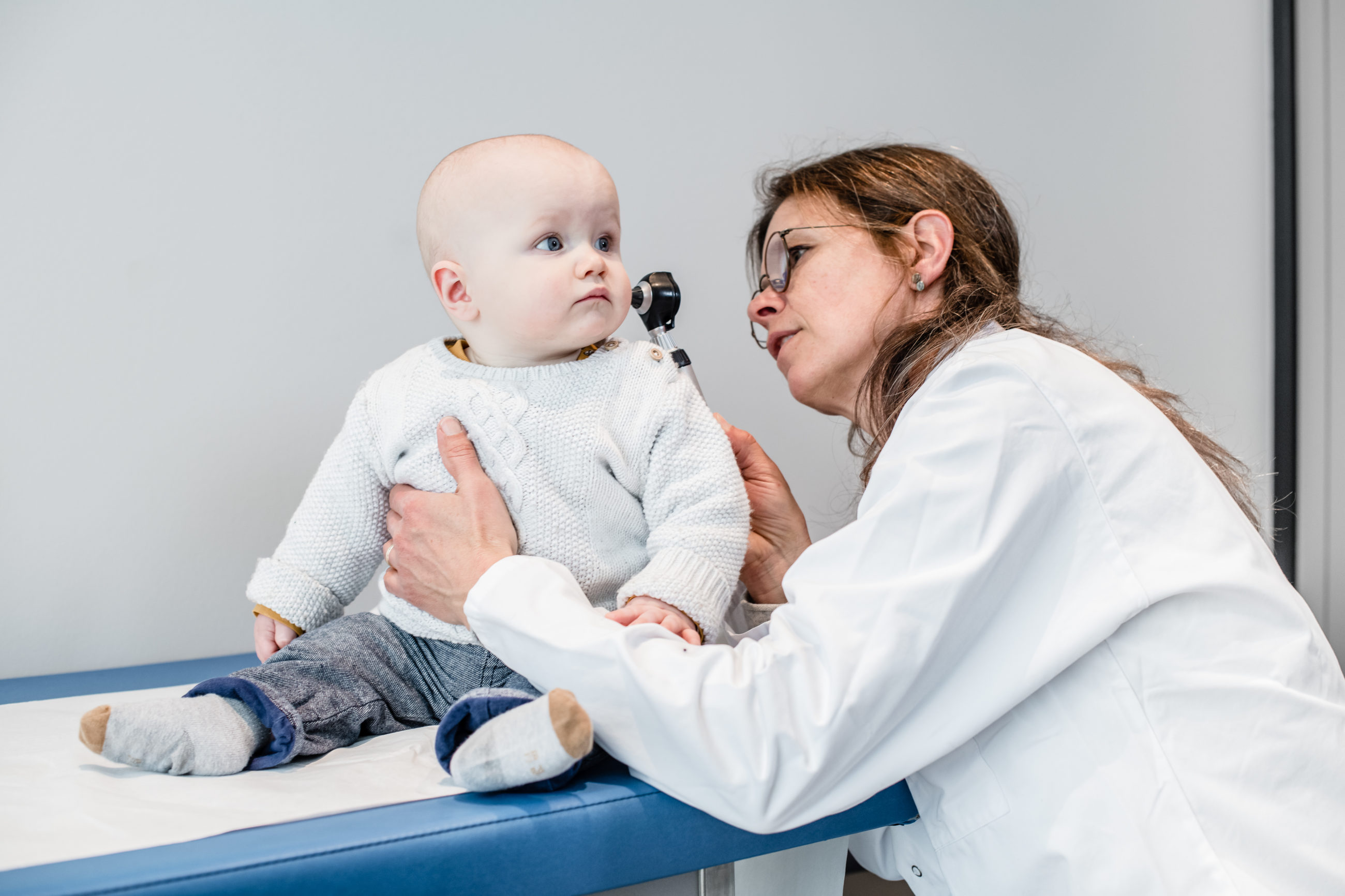
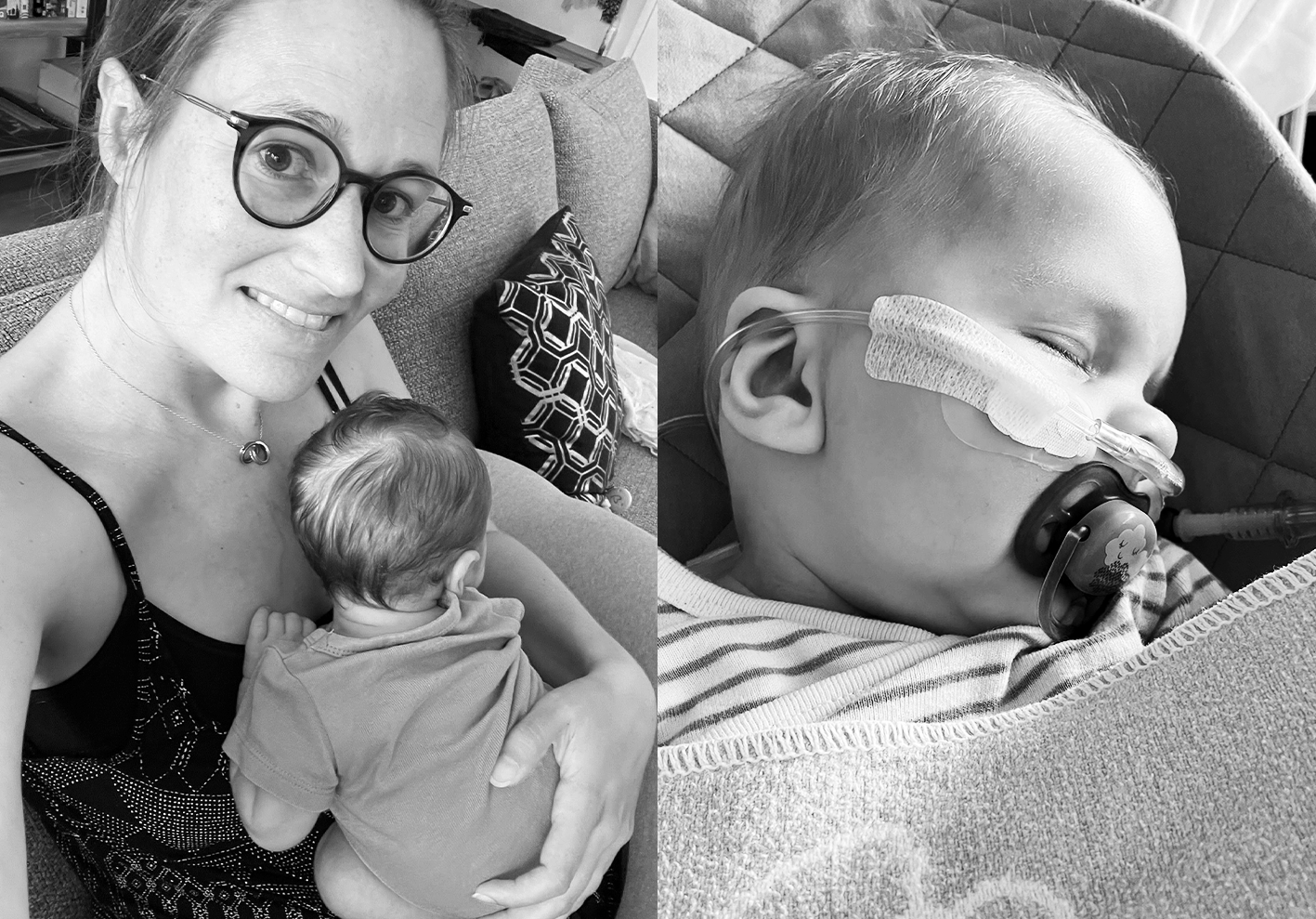
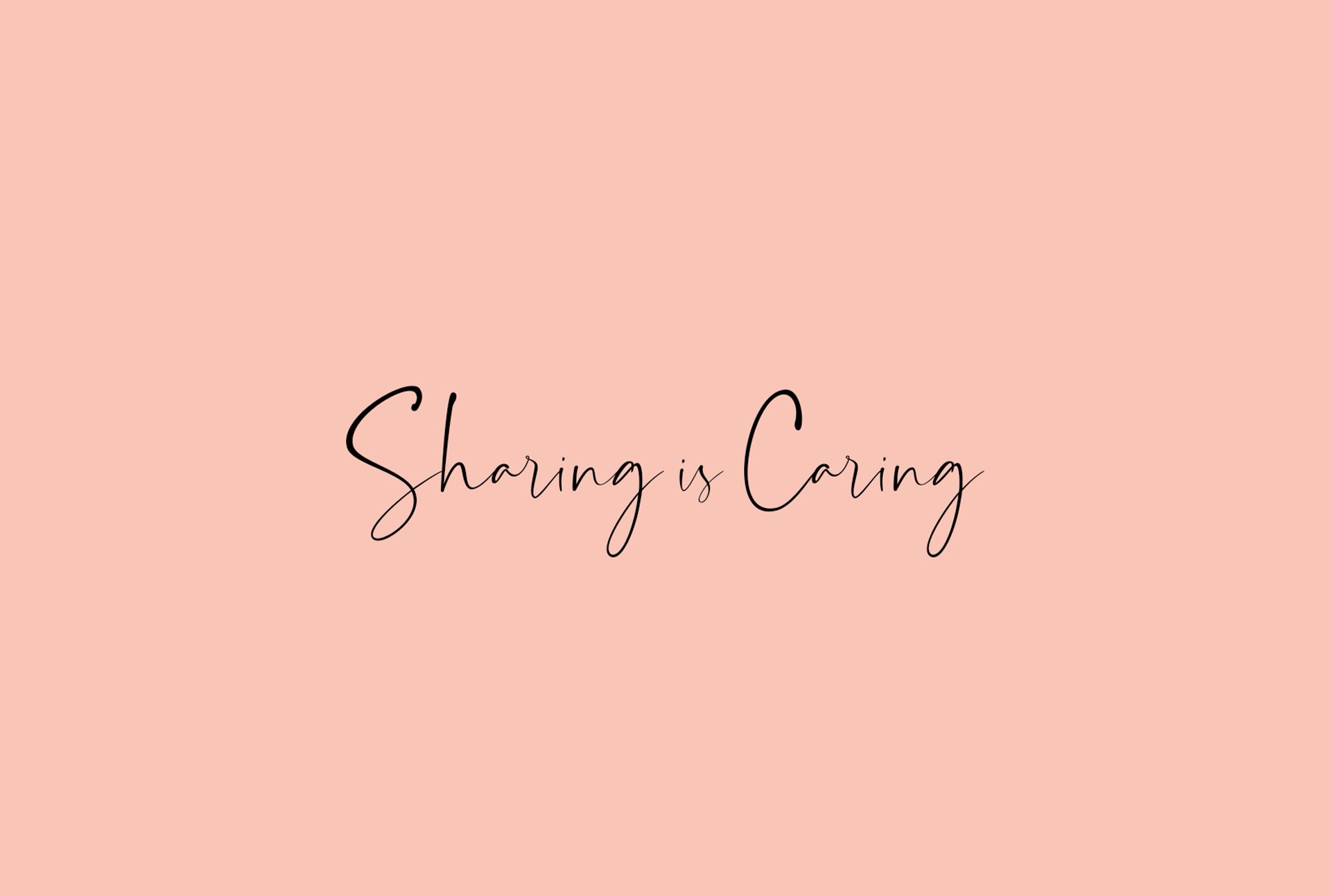
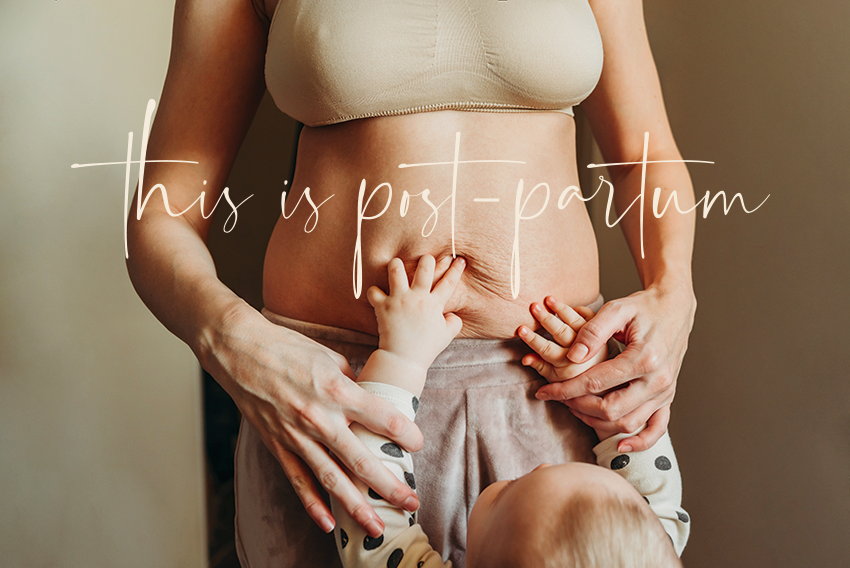


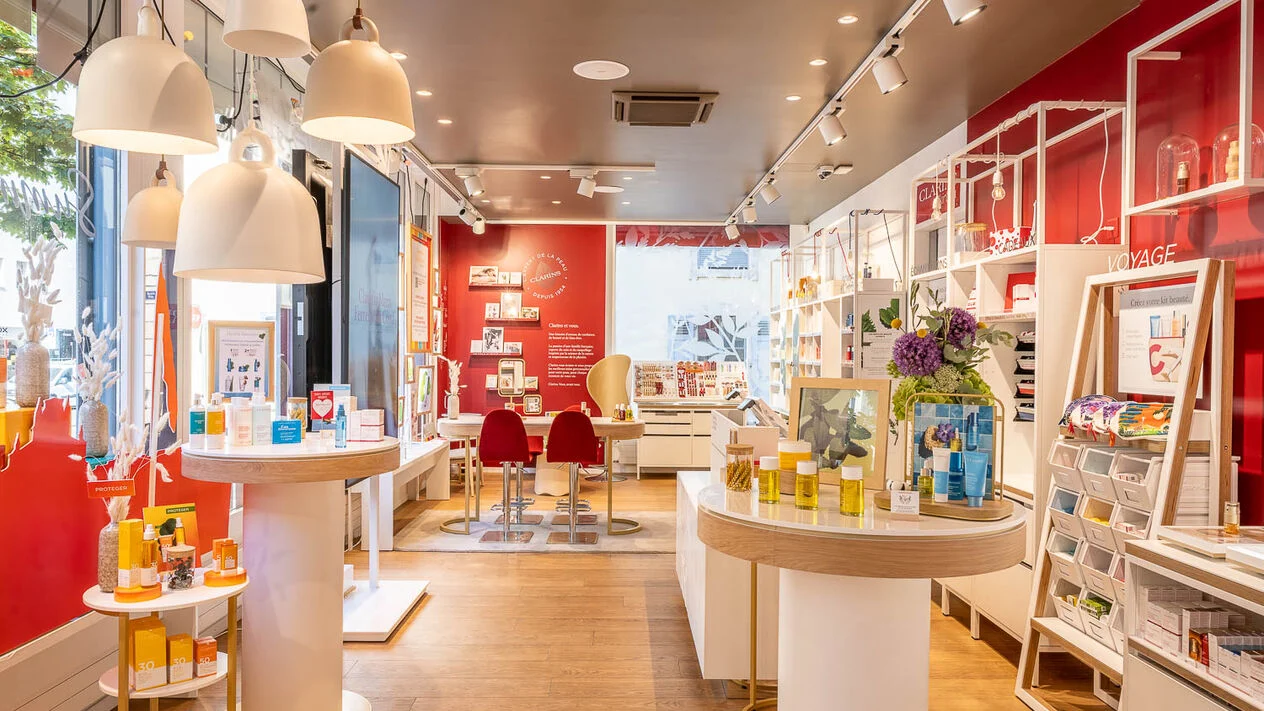
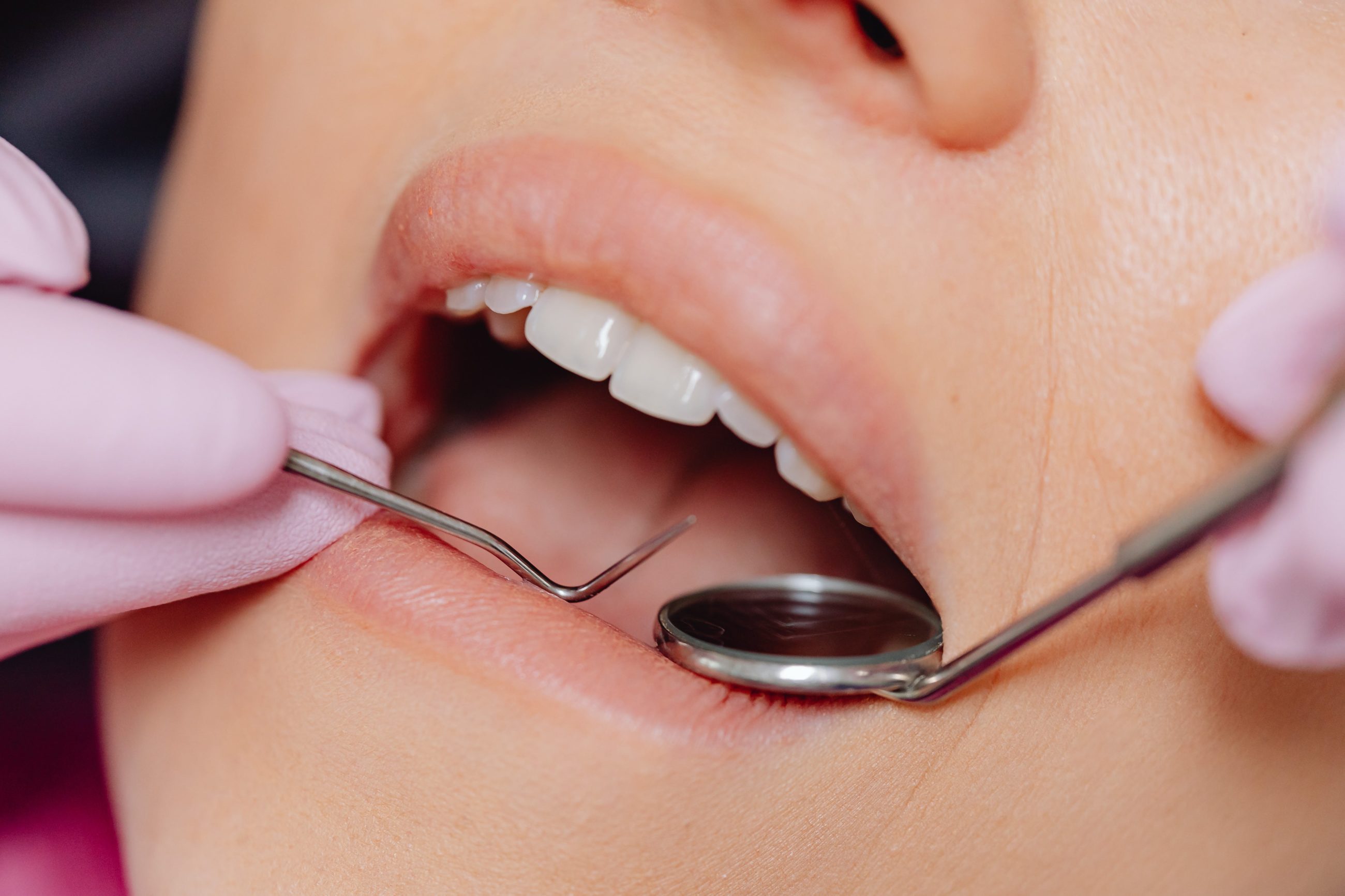

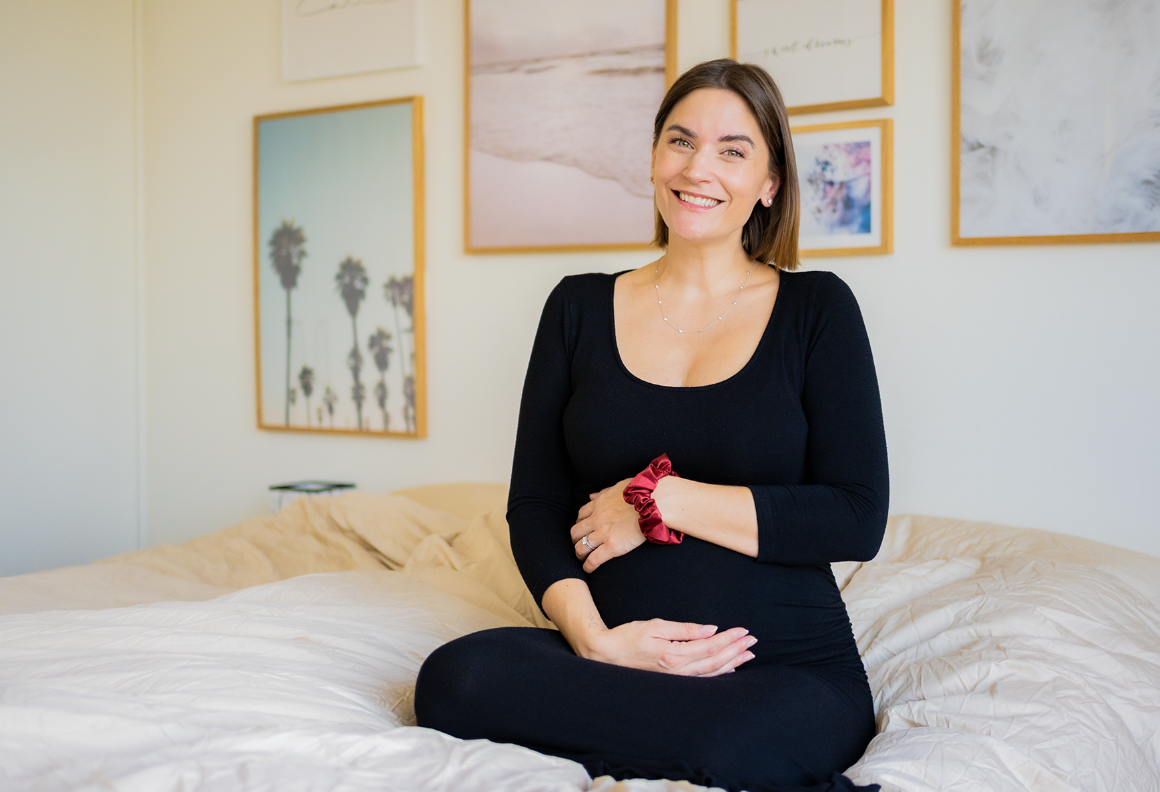


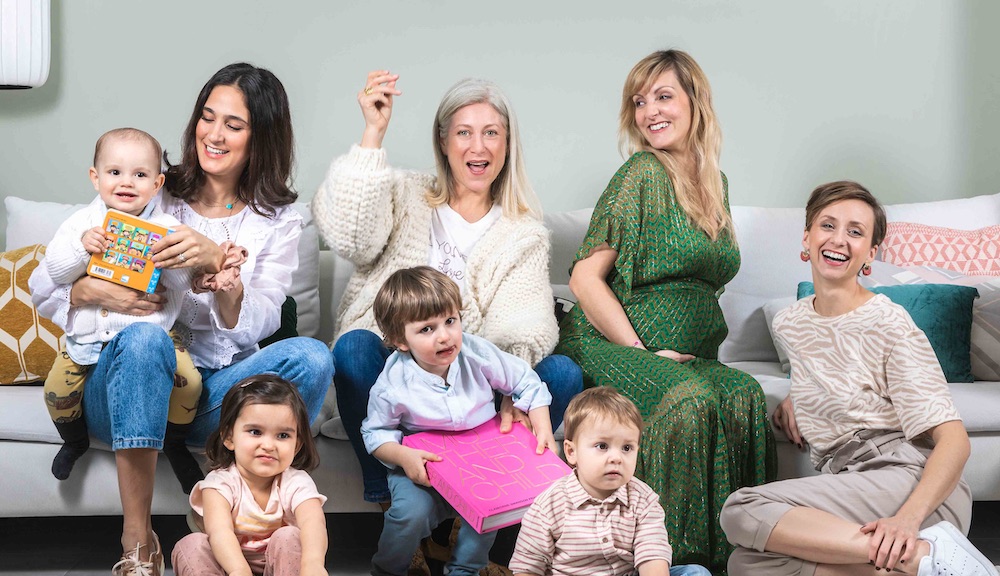


Share this article